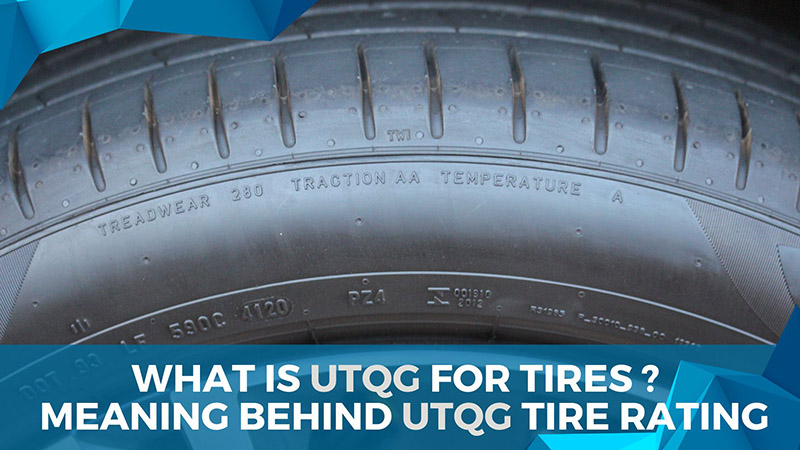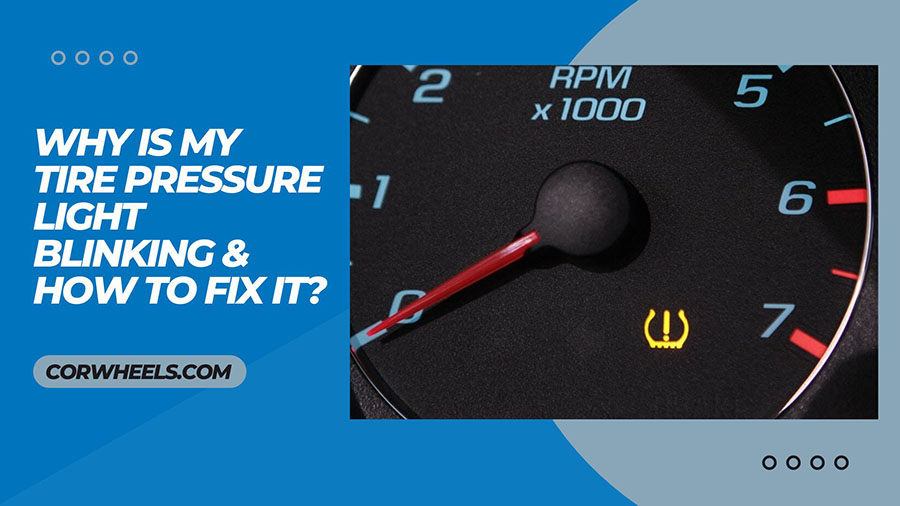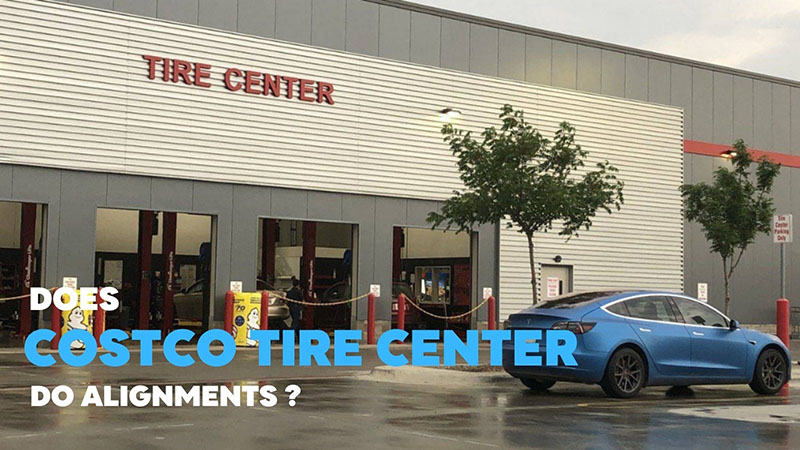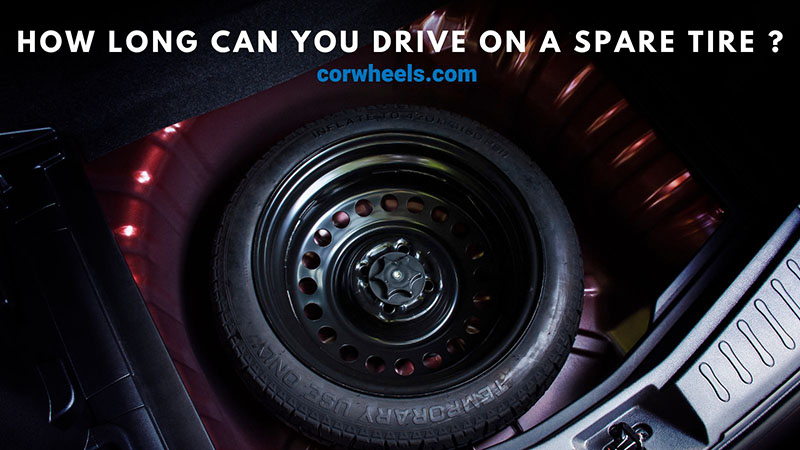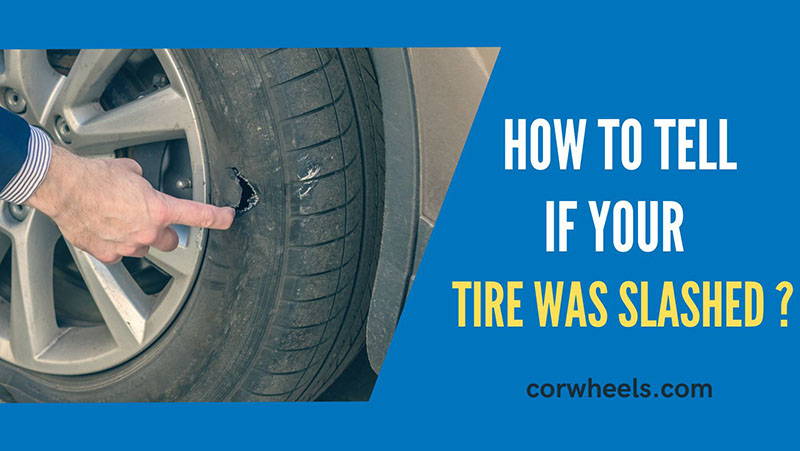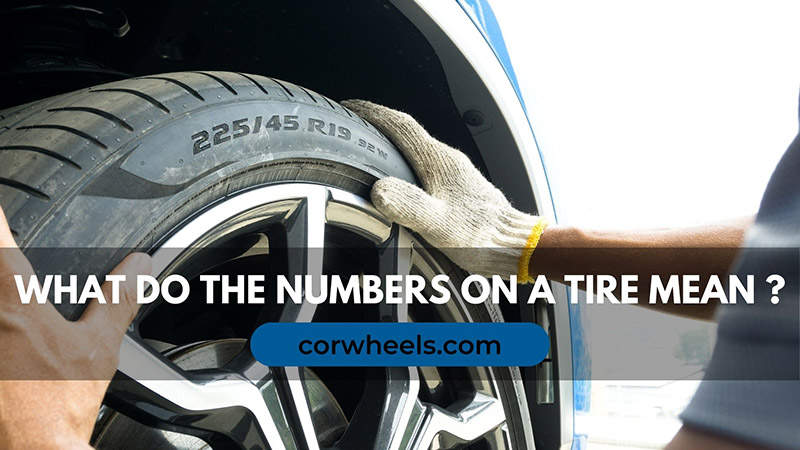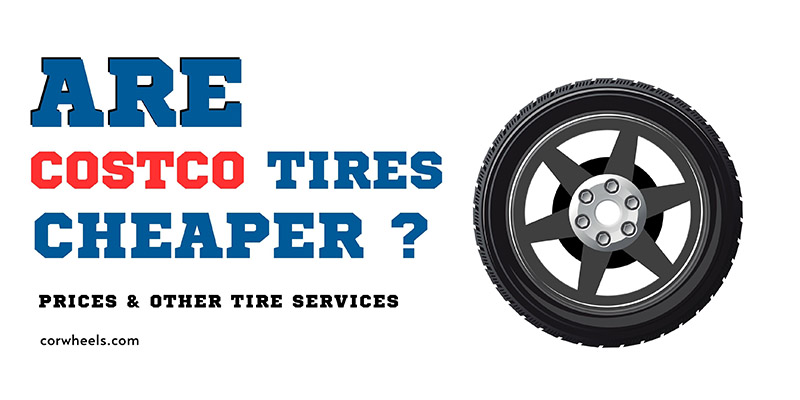When shopping for tires, you may encounter a rating system known as UTQG. Understanding the ratings can help you make an informed decision when selecting tires for your vehicle. We’ll take a closer look at the UTQG meaning, how it works, and what the different grades on tires mean.
In this article:
What Does The UTQG Rating On Tires Mean?
UTQG, or Uniform Tire Quality Grade, is a rating system issued by the U.S. Department of Transportation (DOT) that provides information about the quality and performance of tires, including treadwear, traction, and temperature.
How Does It Work
The UTQG rating system assigns numerical values to three key aspects of tire performance: treadwear, traction, and temperature resistance. The treadwear rating is determined by conducting a standardized test that measures the wear of the tire’s tread over 7,200 miles on a government-specified test track.
The DOT calculates the traction rating by evaluating the tire’s braking performance on wet pavement. In contrast, the temperature rating is identified by assessing the tire’s ability to dissipate heat and maintain its structural integrity at high speeds.
Where To Find
If you’re looking for the UTQG rating for your tires, you can find it on the tire sidewall. The UTQG rating is typically located on the lower sidewall, near the tire size information.
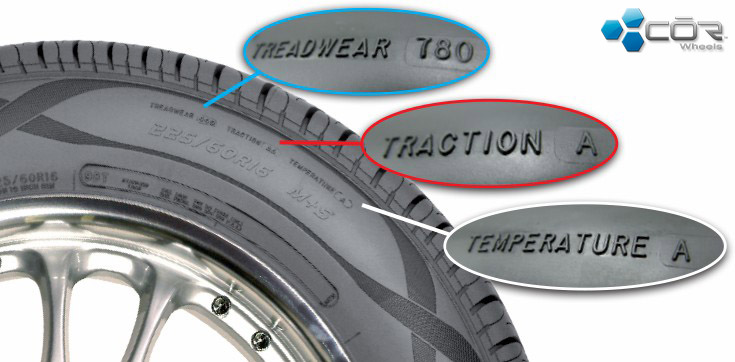
Locate a set of numbers, such as “400 AA,” which represents the treadwear, traction, and temperature ratings, respectively. You can also find the UTQG rating in the product information or on the tire manufacturer’s website.
Keep in mind that while the UTQG grades of tires is a helpful tool, it’s not the only factor to consider. Other elements like safety, price, and performance, and safety are also important when choosing tires for your high-performance vehicle.
What UTQG Tire Rating Tells You
As mentioned before, this tire rating will reveal details on the following factors: treadwear, traction, and temperature.
Treadwear
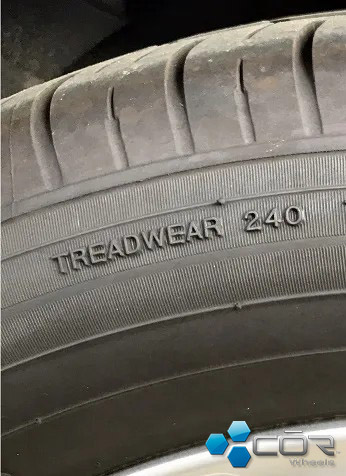
The tire treadwear rating measures the life of the tire’s tread. This rating is based on a standardized test that measures the wear of the tire’s tread over 7,200 miles on a government-specified test track.
It is expressed as a number, with a higher number indicating a longer expected tread life. For instance, our Michelin Energy XM2 with a 420 AA rating lasts 5 years, but Seiberling 500 tires with 200BB ratings can only serve us in 2 years.
Keep in mind that driving conditions and habits can also impact tread life. Take a look at the following table for a better vision of the treadwear UTQG chart.
| Tread type | Average wear |
| All-season | 504 |
| All-terrain | 506 |
| All-terrain/All-season | 546 |
| All-weather | 509 |
| Highway All Season | 428 |
| Highway Terrain | 480 |
| Highway terrain all season | 632 |
| Highway/regional | 600 |
| Mud terrain | 413 |
| On/off-road | 474 |
| Passenger all season | 554 |
| Performance All Season | 429 |
| Performance Summer | 264 |
| Performance touring all season | 509 |
| Summer | 323 |
| Touring all season | 546 |
| Touring summer | 392 |
| Winter | 500 |
Traction
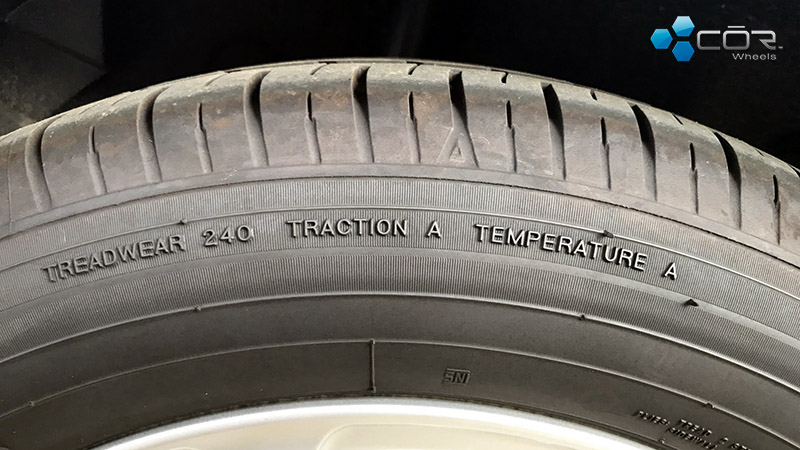
The tire’s capacity to stop on slick pavement is gauged by its traction rating. This rating is based on a controlled test that measures a tire’s coefficient of friction on wet pavement.
The rating is expressed as a letter, with AA being the highest rating and C being the lowest rating. Tires with higher traction ratings provide better grip in wet conditions, which can help reduce the risk of hydroplaning and improve overall safety. Check out the table below for more details.
| Rates | Asphalt G-Force | Concrete G-Force |
| AA | Over 0.54 | 0.38 |
| A | Over 0.47 | 0.35 |
| B | Over 0.38 | 0.26 |
| C | Under 0.38 | 0.26 |
Temperature
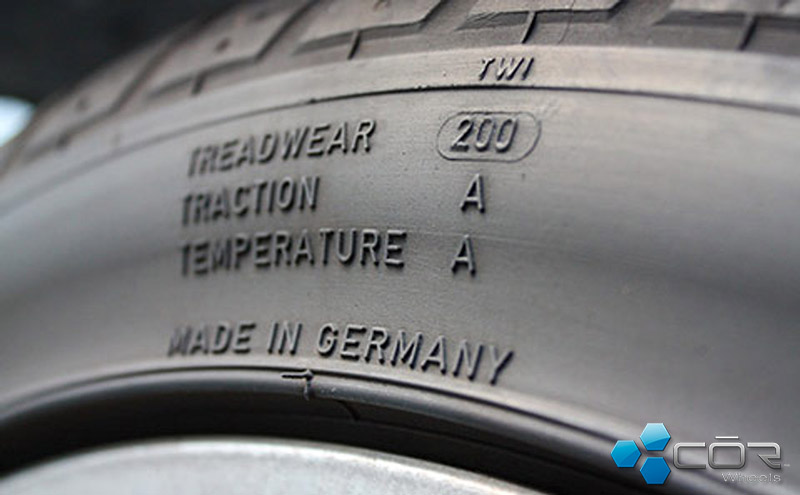
The tire temperature rating measures a tire’s ability to dissipate excessive heat. This rating is based on a controlled test that measures a tire’s ability to resist heat buildup under controlled conditions.
It is expressed as a letter, with A being the highest and C being the lowest rating. Tires with higher temperature grades can better withstand the high levels of heat generated from driving and are less likely to experience a blowout due to buildup of heat.
That’s why we count on the Michelin Energy XM2 tire set to commute in a sun-kissed state like Florida. As we mentioned, they accompanied us for 5 years, which is an impressive lifespan, given our driving frequency and the harsh weather.
Frequently Asked Questions
Is A Higher Or Lower UTQG Better?
Not really. A higher UTQG rating is generally better for treadwear, indicating a longer expected tread life. However, a higher UTQG rating is not always better for temperature and traction grades. For traction, a higher rating indicates a better grip on wet surfaces. Meanwhile, for temperature, a higher rate shows better heat dissipation.
What Is Treadwear 400 Vs. 800?
Treadwear 400 vs. 800 refers to the treadwear rating of a tire. A tire with a rating of 800 is expected to last twice as long as a tire with a rating of 400 and four times as long as a tire with a rating of 200.
How Long Will A 400 Treadwear Tire Last?
Tires with ratings of 400 are anticipated to last roughly twice as long as ones with a 200 rating. Still, the actual lifespan of the tire depends on above-mentioned factors, such as driving habits, road conditions, and maintenance. Therefore, it isn’t easy to provide an exact estimate of how long a 400 treadwear tire will last.
Is 800 Treadwear Good?
Yes, 800 treadwear is considered very good as it indicates a tire with a long lifespan. Still, other factors, including price, performance, and safety, should also be considered when selecting tires for your vehicle.
Is 520 Treadwear Good?
A treadwear grade of 520 is average and may be suitable for everyday use. The lifespan of the tire will depend on several factors, such as driving habits, road surfaces, and maintenance.
The Bottom Line
UTQG tire rating is an important factor to consider when selecting high-quality tires for your vehicle. They provide valuable information about the tire’s expected lifespan, levels of traction in wet conditions, and temperature resistance at high speeds.
However, remember that the rating is just one of many factors to consider when choosing the best tires for your needs. Also, pay attention to factors such as price, actual tire performance, and safety to ensure that you select the best commercial tires for your vehicle and driving style.
See more: numbers on a tire mean

